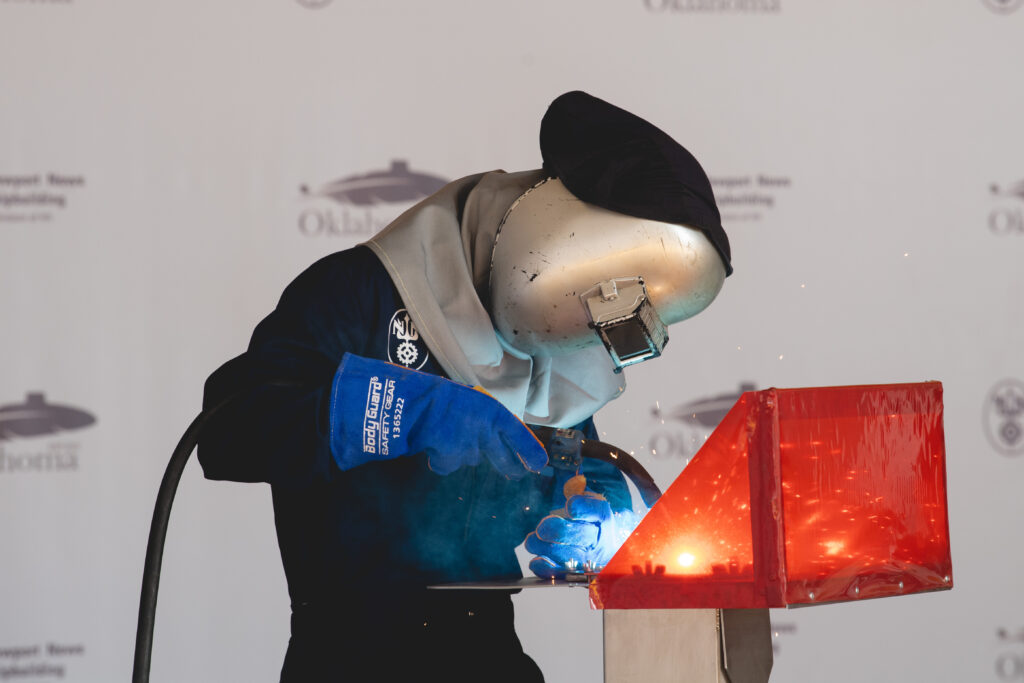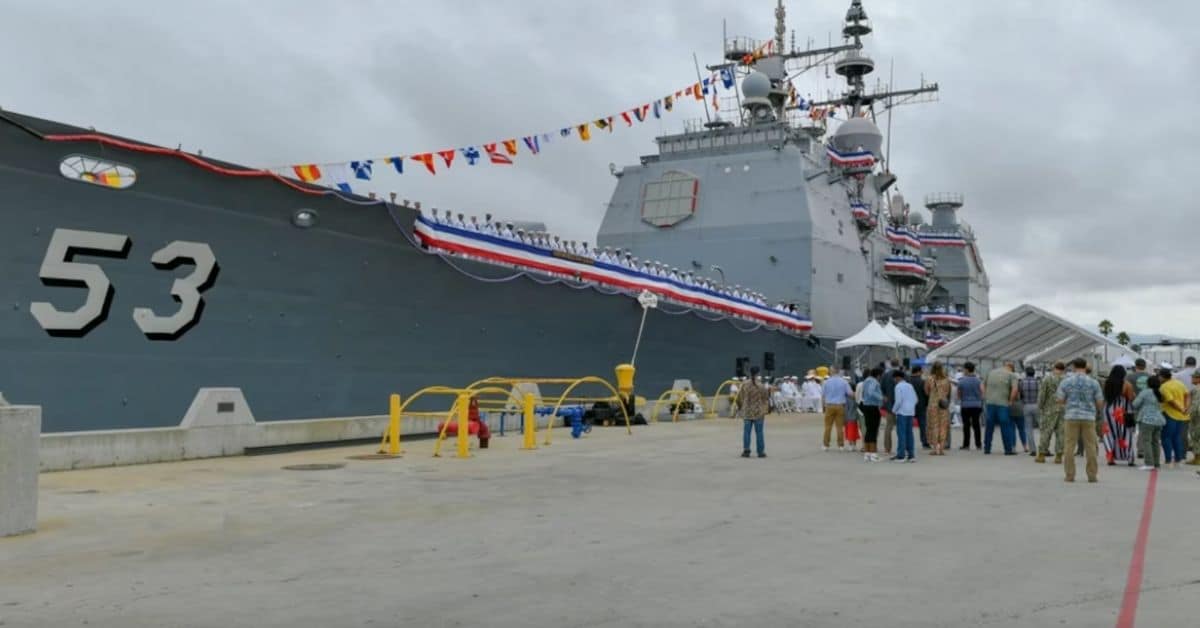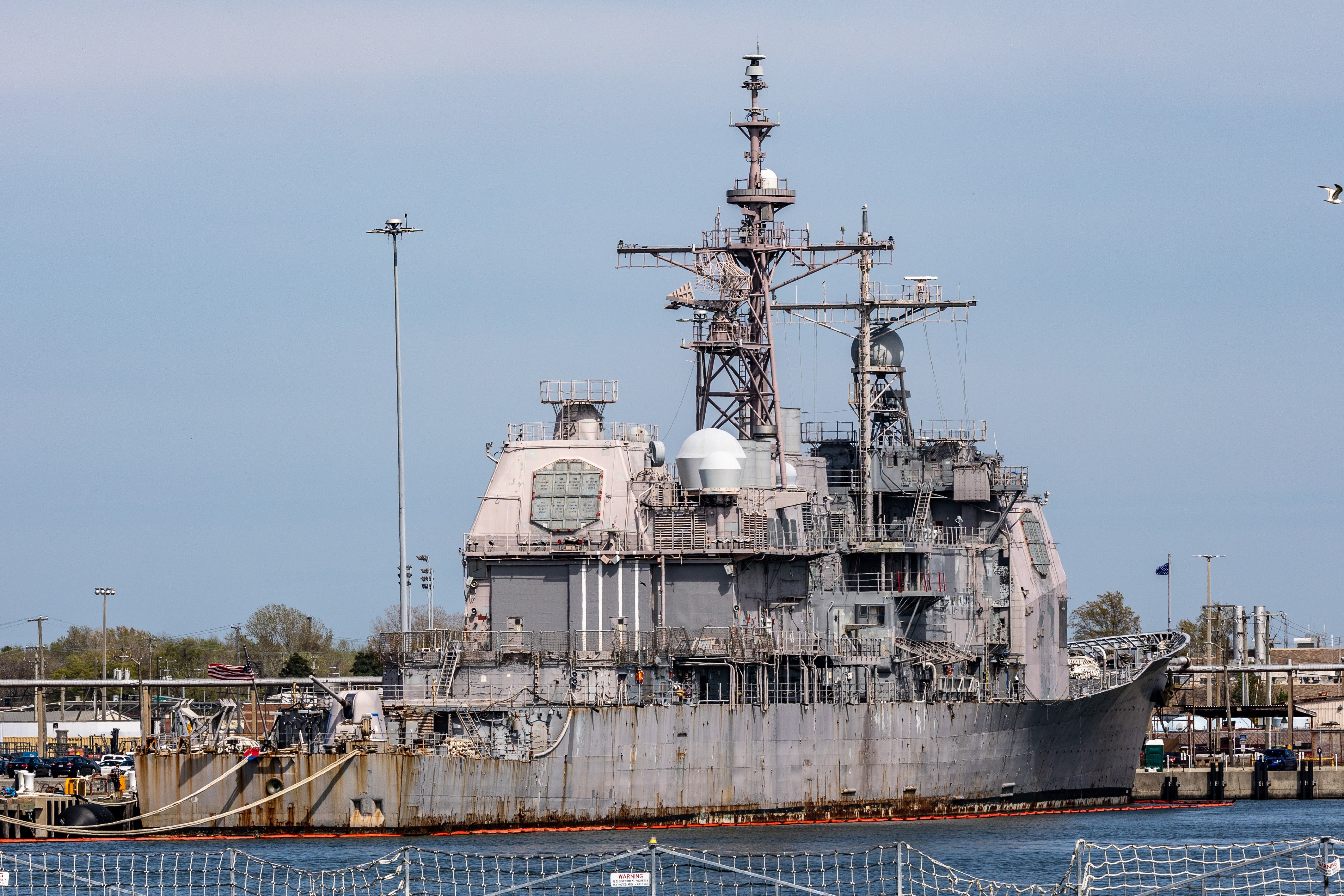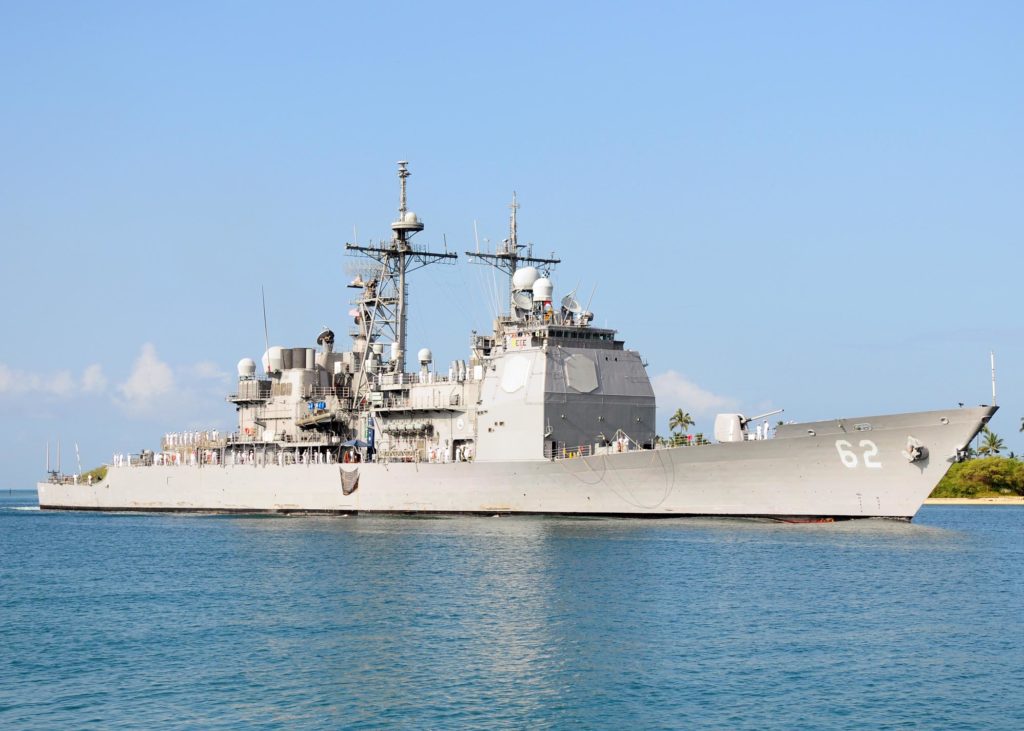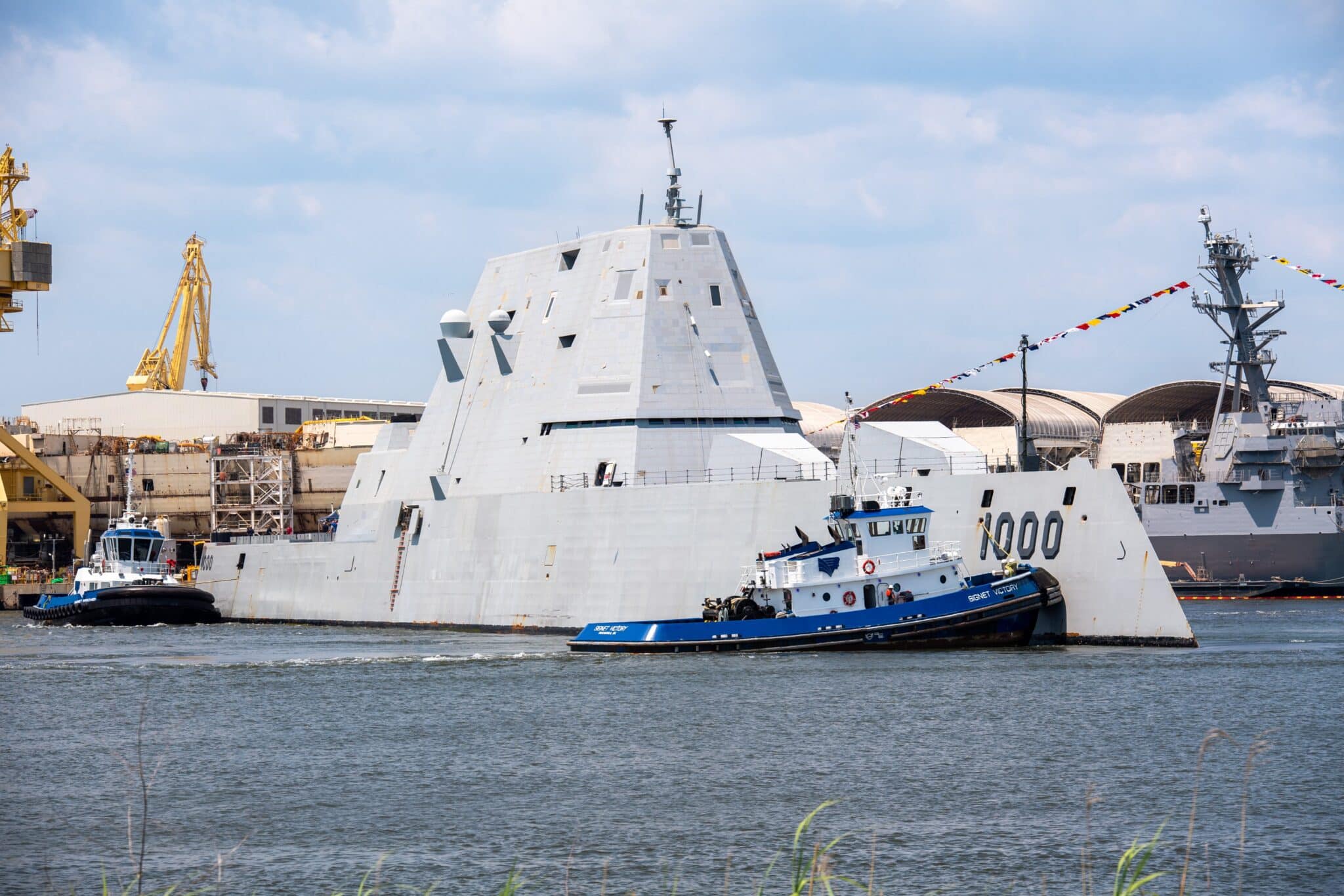The first rumblings I heard about Austal was from marine surveyors from the US, they were an unassailable golden child here.Wouldn’t think so; they’re only popular here so far as they create jobs in Australia (and WA in particular) and Austal US doesn’t do that. Imagine either they put in the best value for money offer or they are thereabouts and are in a favoured location with influential members of Congress.
A lot of what they did on LCS was questionable, very much aiming at milestones without doing the whole job, i.e. no $$$ to do something it didn't happen, even if it was contacted or assumed.
I then began working with them and saw the same here. It was all about meeting milestones, with no consideration given to quality or even ensuring the fitness of the design.
They operate in a very similar way to many Chinese suppliers, you get what you asked for, not what you wanted or needed.




